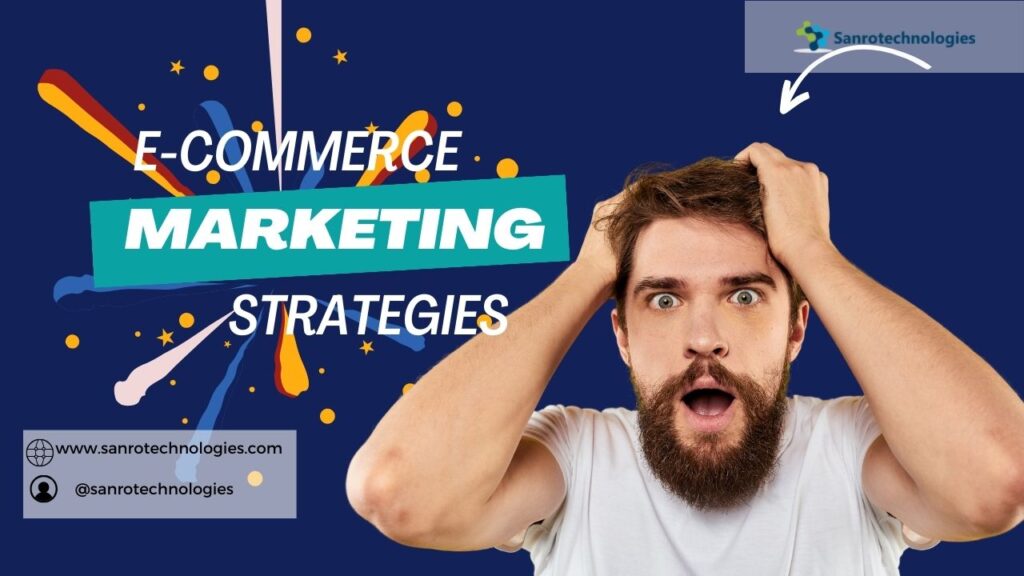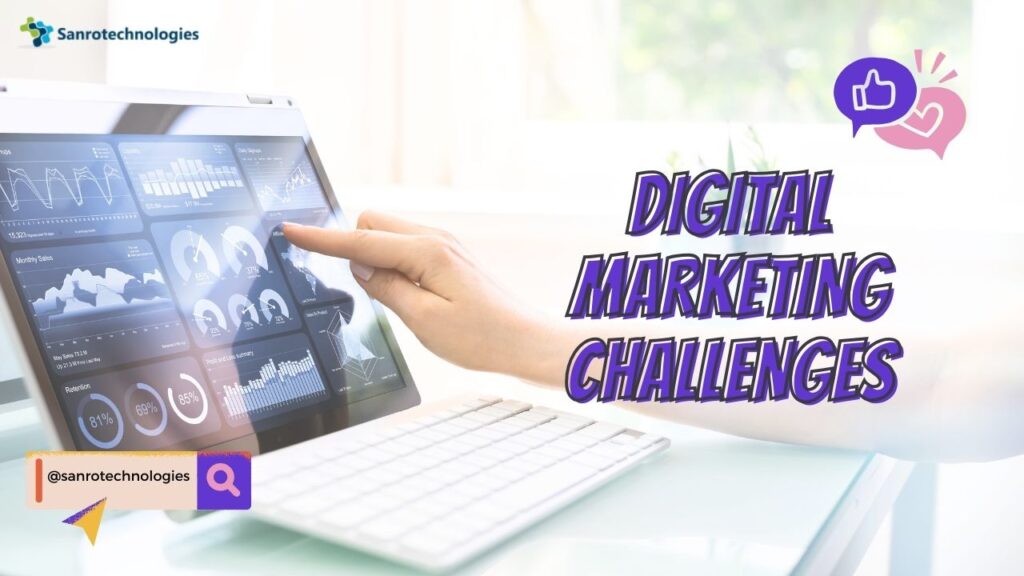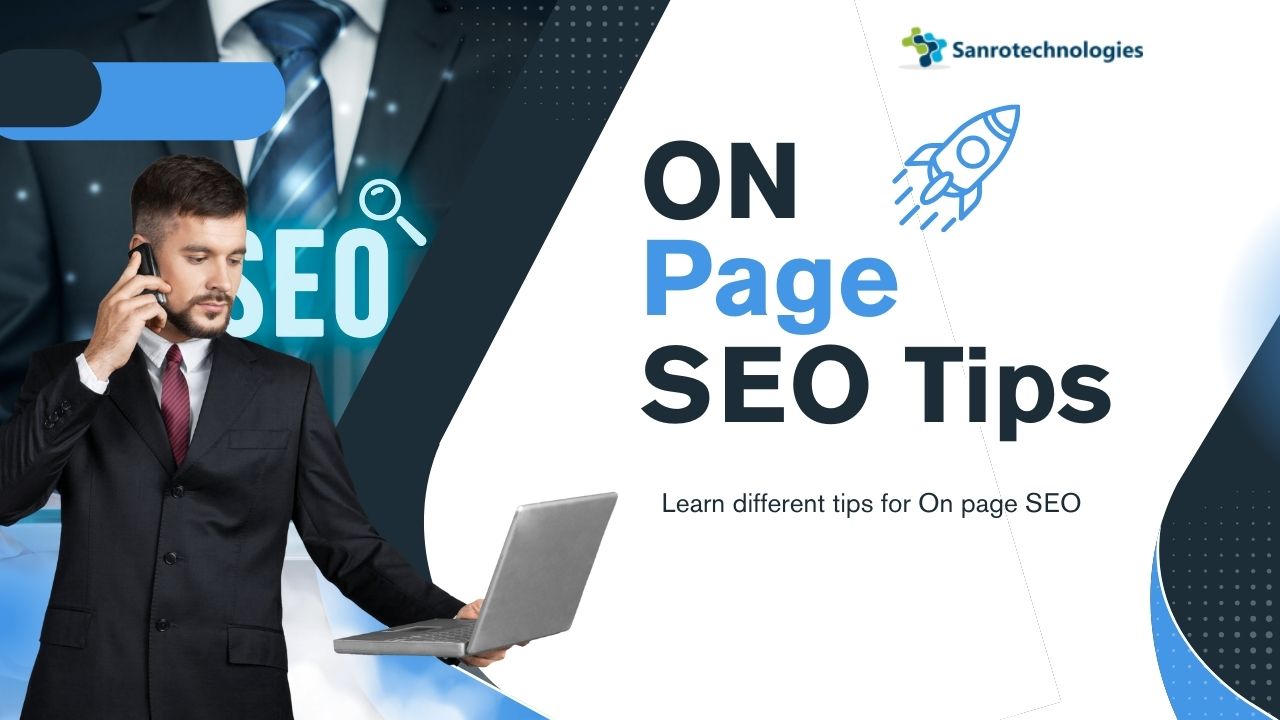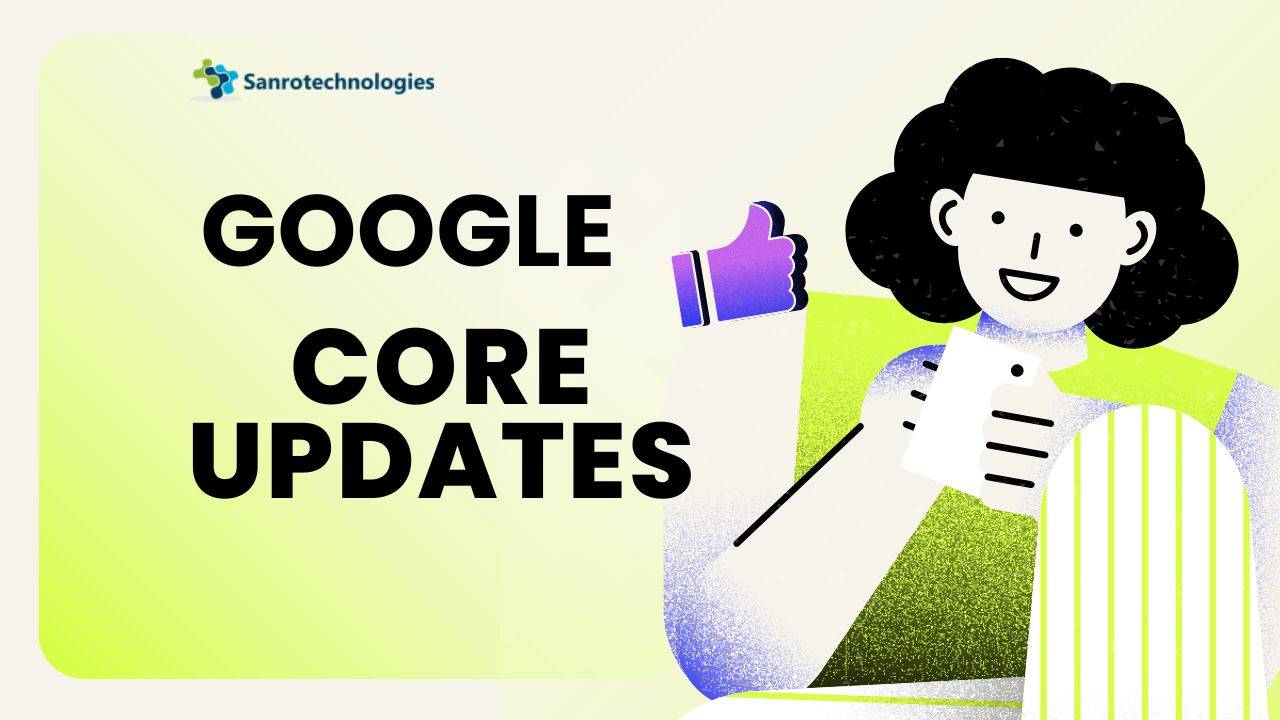Introduction
Do you have a super product that you’re itching to sell? That’s awesome! But with a great e-commerce marketing strategy, your product can make its way right where it belongs: in your customers’ shopping carts! Don’t fret – we’re here to guide you through the vast ocean of e-commerce & help you steer clear of hidden icebergs.
E-commerce has been & continues to be a global business marvel. Its growth and change are amazing, and they have altered businesses worldwide. With more and more online rivals, we must plan, plan some more, and execute our e-commerce marketing moves smartly. This post will dive into five must-know questions that can enhance our E-commerce marketing strategies. So, let us jump in!
First off, what’s e-commerce anyway? Simply put, it is buying and selling stuff on the World Wide Web. But just selling a good product is not enough to make it here. You need a marketing plan strong enough to push your products right to the top of the busy online marketplace. It might seem tricky but don’t rush it. We will help!
What is E-commerce Marketing?
E-commerce marketing means boosting brand awareness & turning that into sales. It’s about presenting your products to possible buyers at the right time & place. We don’t want your product to be like a lonely tree falling in a forest with no one around to hear it. You want folks searching for goods like yours to find you first and quickly. Let’s explore these strategies that can make your online store glow like a holiday tree!
E-commerce marketing is all about using promotional tactics to drive traffic to your store online, changing visitors into paying customers, and keeping those customers after the purchase.
Here, we’ll talk about some well-known strategies to help your product shine bright in the online space.
Importance of E-commerce Marketing
E-commerce marketing stands as the backbone of online sales. It’s an efficient way of grabbing consumers’ attention & encouraging them to buy – again and again. The RIGHT strategies can boost your brand, expand your customer base, and lift your bottom line.
Understanding Your Online Audience
Customer Behavior Analysis for E-commerce Marketing
Knowing how your customers act online is key. It involves watching what they buy before, what they like, what they look at when browsing, etc. By understanding this, you can create experiences tailored just for them.
Customer Demographics
Knowing who your customers are is crucial—things like their age, gender, job, and where they live help you craft content and products that appeal directly to them.
Essential E-commerce Marketing Strategies
We’ll share some well-tested tips that can make your product star in the bustling marketplace.
SEO for Your E-commerce Marketing Store
Search Engine Optimization (SEO) helps get higher spots in search results for your store online – raising visibility & drawing more potential buyers.
Content Marketing
Nothing spices up an e-commerce site like a great story! Content marketing focuses on describing products in ways that connect with consumers emotionally or mentally. Teach them about your products—are they handmade with care? Maybe they’re eco-friendly?
Start a blog on your site giving out tips related to what you sell: if it’s gardening tools try topics like “how to start an herb garden.” Craft enticing product descriptions too: instead of saying “blue cotton shirt,” try “Breezy cotton shirt in soothing azure.” Feels better? Let’s harness word power capturing customer imagination!
Benefits of Content Marketing
This approach attracts more traffic boosts brand recognition builds trust among audiences prompts conversions.
Types of Content Marketing
Try different formats including blog articles how-to guides videos infographics to engage viewers effectively.
Email Marketing
Building an Email List
An email list is awesome – keeps customers updated encourages repeat buying builds lasting bonds.
Creating Engaging Email Content
Your emails should engage personalized containing direct actions prompting responses from readers.
Social Media Marketing
Sharing is caring; & social media shows this best. Let’s put your amazing products where billions of people hang out.
Picking the Right Platform
Find out where your target folks spend time & build a strong spot there.
Making Fun Content
Post stuff that clicks with your crowd—product pics, fun stuff from users, or even quizzes & giveaways.
Pay-per-click Advertising
Pay-per-click (PPC) ads bring more eyes to your site. They show up on search engines & on social media too.
Omni-Channel Marketing
Want to know a secret? One strategy makes folks 13% more likely to buy! Omni-channel marketing. It’s like smooth shopping anywhere—be it a computer or phone, or even by phone call.
By covering every angle, businesses offer a better experience and get closer to customers.
- Keep your website good for phones. A tiny screen struggle isn’t nice, right?
- Also, link online & offline shopping well. Like buying online but picking up in-store.
Definition and Importance
This means smooth talking across every gadget & platform. It’s key to a happy customer journey!
Doing Omni-Channel Marketing
To do this right, know how your people jump around channels & make a uniform plan. Developing a consistent marketing strategy across all the channels.
- Recap: We talked about top E-commerce moves: knowing your audience, SEO magic, content fun, email blasts, social media fun, PPC clicks, and smooth omnichannel styling.
- Give These Strategies a Go
The big win? Get people to your shop, turn lookers into buyers & keep that bond strong. Use these tricks for E-commerce wins!
Frequently Asked Questions
Why care about knowing your online crowd?
Knowing them is like syncing with a tune only they know. You wouldn’t play pop for someone who loves jazz! Get their vibe & tweak what you offer & how you talk in their favorite style.
Say you’re pushing makeup online—your crowd’s mostly women from 18 to 45 years old. With this info, make your site look good for them & speak their language in sales pitches.
How Can SEO help my e-commerce store?
You know, SEO is like a tiny online wizard, guiding folks right to you. It’s about putting certain words in your website’s content. These are words folks might type into a search engine. If done just right, it can make your website pop up more in search results. The result? More people stumble upon your site without you paying a dime.
Imagine you have an online bookstore. If you use phrases like “best crime thrillers” or “cheap children’s books,” your site becomes more noticeable when someone searches for those things.
What are some ways to get my customers interested through content marketing?
Content marketing draws customers like bees to honey when done right. It’s like inviting them over for a chat, tickling their funny bone, or sparking their curiosity.
- Start a blog about your products & industry, and share cool and useful stuff with your readers.
- Host webinars or podcasts with experts who spill the beans on industry secrets.
- Create fun infographics and let them loose on social media.
- Make how-to or demo videos of your products and share these on YouTube.
These are just a few tricks up the sleeve; remember, there is no limit to what you can do!
Is email marketing still useful today?
Remember the joy of getting mail as kids? Emails are sort of like that! They are key to reaching out personally to customers and are still very important. A survey by Emarsys found that 81% of small businesses depend on email for new customers & 80% for keeping old ones happy. Smart emails can keep folks in the loop about sales & new goodies, boosting interest and loyalty.
Does social media marketing affect my e-commerce business?
Totally! Think of social media as the friendly block party where you hang out & chat with customers places where you promote stuff & have real talks with them.
Platforms like Facebook, Instagram, and Twitter help get your brand noticed, send traffic your way, and connect straight with customers. Plus, they’re great for getting feedback that helps make what you sell even better.
Conclusion
So, knowing who’s visiting your website, being an SEO pro, keeping customers interested with content marketing, using emails wisely & jumping into social media can juice up your online sales game.
Always remember, e-commerce marketing is not just pushing products; it’s about building bonds with customers, knowing what they want & giving them something special.
Keep trying different things, keep learning new stuff & don’t stop growing! You’ve got this!









